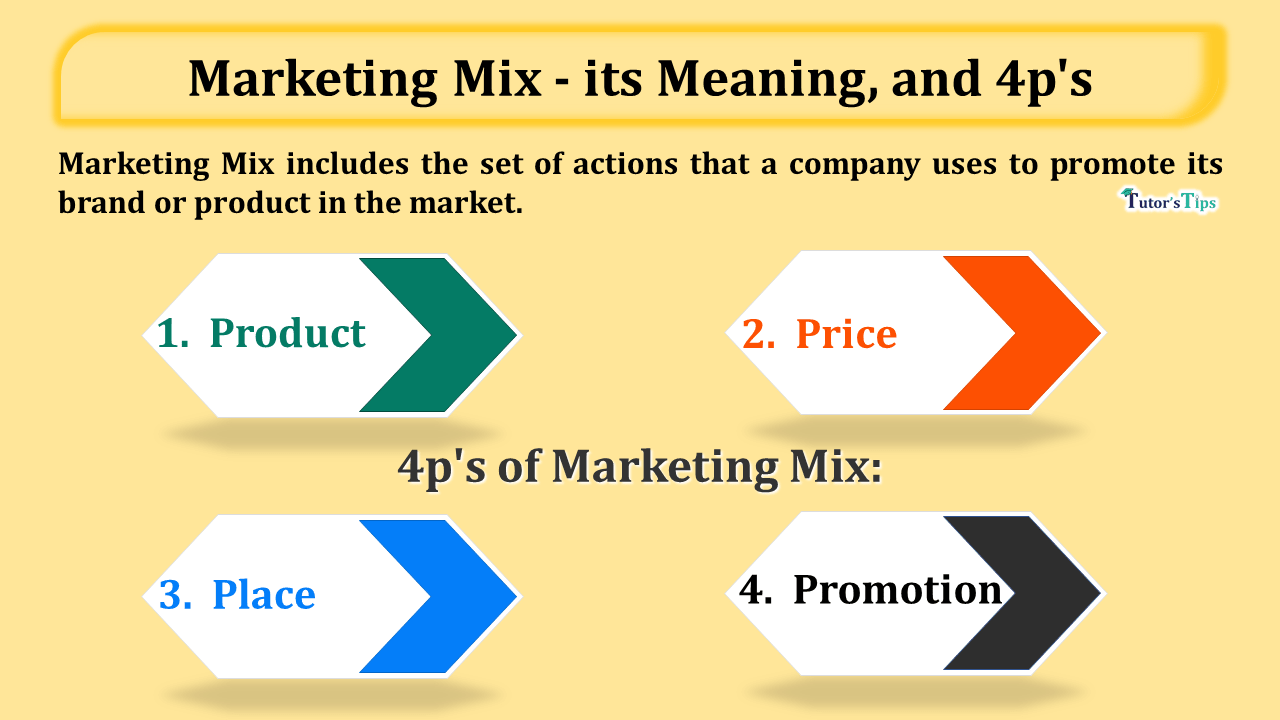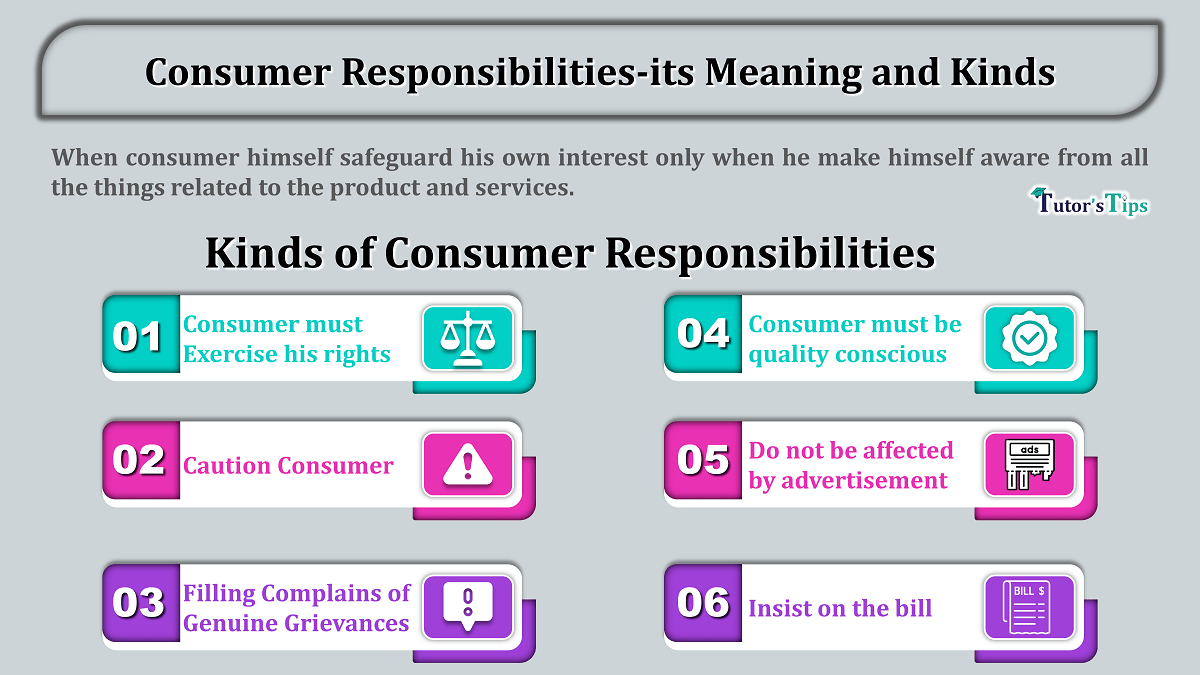Advertising is an important tool for enhancing the sales of the company. It also promotes the products with their features and generating the revenue for the company. let’s start with the meaning of Advertising which is written as under:
Meaning of Advertising:
It refers to the conversion-focused activities that are directed towards a specific target audience. In other words, we can say that it is an act of making something familiar to the general public through paid media. To Inform, To Remind and To Persuade are the main objectives of advertising.
Definitions:
“Any paid form of non-personal presentation and promotion of ideas, goods and services through mass media such as newspapers, magazines, television or radio by an identified sponsor”.
-Philip Kotler
“Advertising is any form of paid non-personal presentation of ideas, goods or services for the purpose of inducting people to buy.”
-Wheeler
“Advertising consists of all the activities involves in presenting to a group, a non-personal, oral or visual, openly sponsored message regarding disseminated through one or more media and is paid for by an identified sponsor.”
-William J. Stanton
Features of advertising:
Advertising is the main function of the company because without promoting the products the company cannot generate sales and revenue. So let’s learn about the different features of advertising which are as follows:
Advertisement-X
1. Paid Form:
In simple words, we can say that without spending any expenditure if the information relating to any product or service is published, then there will not be called advertising.
For example, if an editor of some periodical publication publishes news about a product, it will convey the necessary information to the customers regarding that product without expenditure by the seller for this publication.
2. Impersonal Presentation:
The marketer and the customer do not come into personal contact.
3. Speedy and Mass Communication:
In simple words, it reaches millions of people. Advertising is a speedy means of communication. therefore being speedy, its operational area is very vast.
4. Choice:
For advertising, there is a wide range of media: video, audio, Print media: newspaper, banner magazines, etc. According to the nature of the business and as per the requirement, the marketer is select the media to keep in mind the target customer.
5. Lawfulness:
In this, the company follows the lawful practices while doing the advertising. The customers think that the company will not present false information regarding the product. With this tey feel comfortable to purchase the product which is widely advertised.
6. Economy:
Some people think that advertising increases the cost of the product. But advertising is economical as compared to other promotional techniques because it reaches the masses. when we calculate cost per customer it is very low.
Objectives of Advertising:
The objectives of advertising are as follows:
1) Introduce a product:
Advertising is used to launch a new product in the market. It may be done by existing brands as well as new brands. Have a look at the latest Samsung smartphone and you will find a lot of advertisements for this new product.
2) Introduce a brand:
There are many startups in the market today For example, Swiggy (Order food online from restaurants) will market its own brand and introduce that Swiggy has started servicing customers in a new market.
Advertisement-X
3) Awareness creation:
Advertising needs to catch the attention of people at large and make them familiar with the products or their features in the market.
For Example – Most of the Educational institute ads that you see are awareness campaigns. The ads that advertise the benefits regarding the education and the teaching facilities given by those institutes etc.
4) Acquiring customers or Brand switching
When a customer stops buying one brand’s products and selects to purchase the same product from the direct competitor is called as brand switching. This is one of the major objectives of advertising and it can happen only by passing on an effective message so that the prospective customer leaves the other brand and pay attention to your brand.
For Example –The Vodafone Zoozoo campaign- attracts the consumers in such a way that they do brand switching.
5) Differentiation and value creation:
Coca-cola, Toyota, Amazon are the most trusted brands in the market. These brands are having the top advertisers in their segments accordingly. The objectives of these brands are the creation of value as well as differentiation by their advertising campaigns.
6) Brand building:
When a brand regularly advertises and delivers quality products and fulfills the promises of their customers then loyalty will be created and it helps in building the brand image also.
Brands like HUL and P&G regularly invest funds for creating good brand value.
7) Increase sales:
This is only done by the marketer by using various promotional techniques. The marketer mainly focuses on the quality of the products and the needs of the customer. When the products are reached at the right time and at the right place accordingly then automatically sales will increase. Because customers will be satisfied, trusted, and build long-term relations with the company.
Thanks for reading the topic.
Please comment on your feedback whatever you want. If you have any questions, please ask us by commenting.
Advertisement-X
References: –
Also, Check our Tutorial on the following subjects:







Leave a Reply